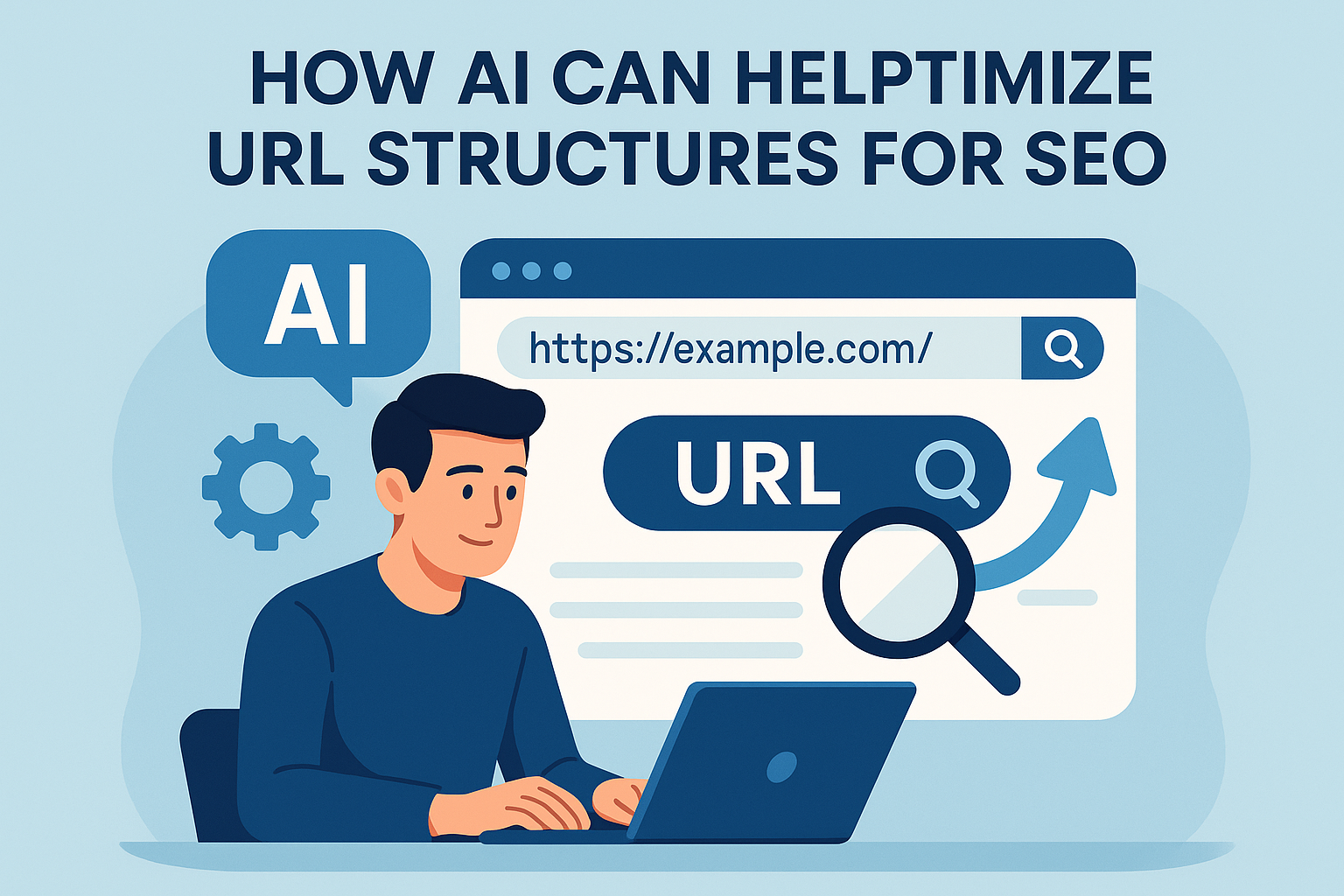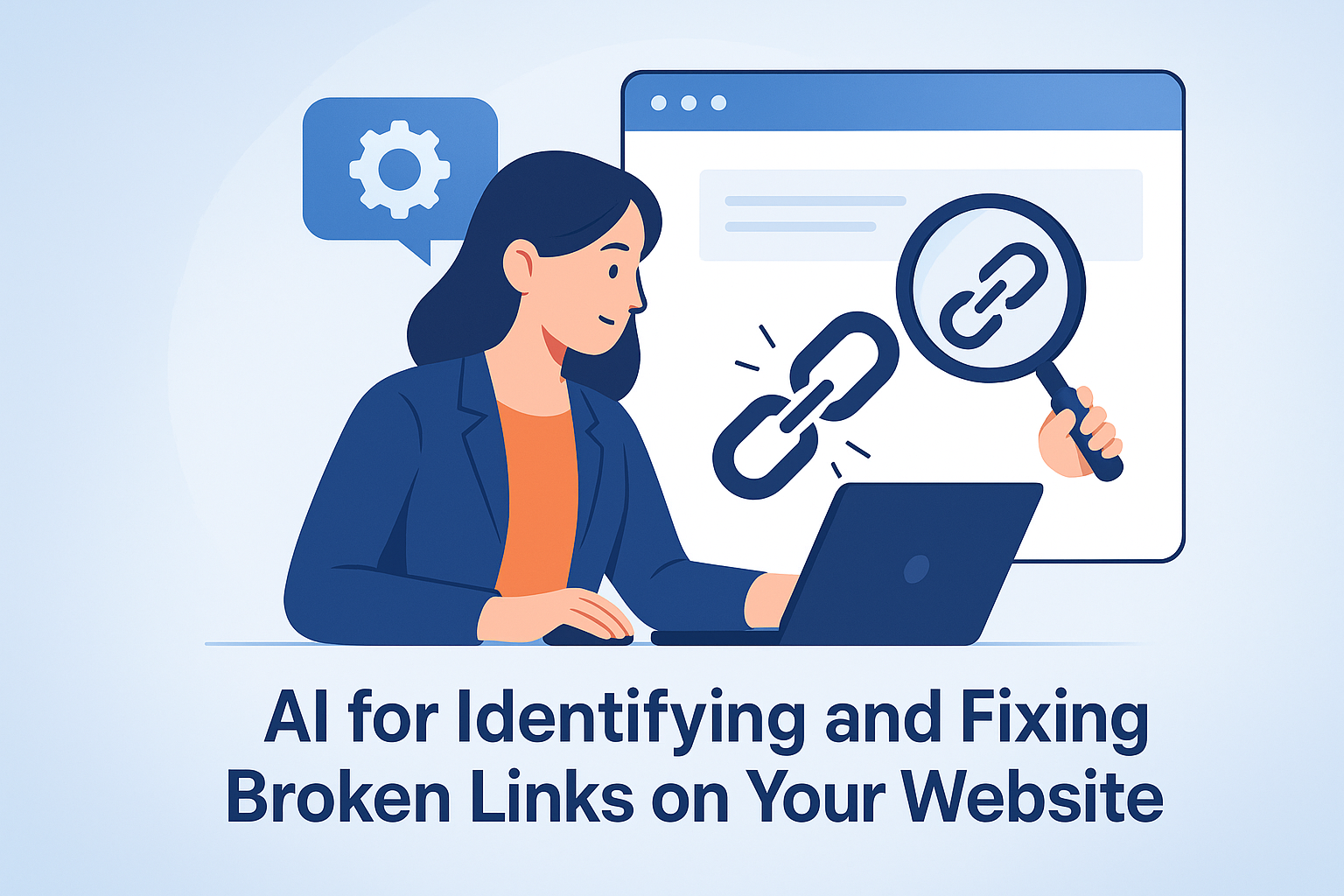Ranking on Page 1 is great—but earning a featured snippet means owning Position Zero.
Featured snippets are those prominent answer boxes at the top of Google’s search results. They provide users with quick answers and offer websites a dramatic CTR boost, often outperforming even the top-ranking organic listing.
The best part?
AI can now help you structure, format, and write content specifically designed to win featured snippets—automatically.
Using DIYSEO GPT and the DIYSEO AI Writer, you can identify snippet opportunities, optimize existing content, and generate new snippet-ready sections. Then, boost visibility with targeted backlinks from the DIYSEO Link Marketplace.
What Is a Featured Snippet?
A featured snippet is a concise, direct answer to a search query that appears above traditional results. They can be:
- Paragraphs – Definitions, explanations, summaries
- Lists – Steps, ranked items, bullet points
- Tables – Data comparisons
- Videos – Featured in YouTube-rich snippets
Winning one earns you more visibility, credibility, and traffic—without needing to rank #1.
Why Featured Snippets Matter for SEO
| Benefit | SEO Advantage |
|---|---|
| Increased visibility | Appears at the very top of search results |
| Higher CTR | Captures searcher attention and clicks |
| Voice search inclusion | Often used as spoken answers for voice assistants |
| Authority signal | Positions your brand as a go-to expert |
Step-by-Step: Optimizing for Featured Snippets Using AI
✅ Step 1: Identify Snippet Opportunities with DIYSEO GPT
Begin with a Featured Snippet Opportunity Analysis using DIYSEO GPT.
Prompt:
“Which of my blog posts are currently ranking on Page 1 or 2 for queries that show featured snippets in the SERPs?”
DIYSEO GPT will surface:
- Keywords and URLs with high snippet potential
- Query types that typically trigger featured snippets
- Competitor content currently holding those snippets
- Formatting gaps in your content vs. Google’s preferred answer style
This gives you a list of quick-win targets for snippet optimization.
✅ Step 2: Structure Content with Snippet-Friendly Formatting Using DIYSEO AI Writer
Use the DIYSEO AI Writer to rewrite sections into snippet-eligible formats.
Common Formats to Target:
| Format | Triggered By Queries Like… |
|---|---|
| Paragraph | “What is…”, “Why does…”, “How does…” |
| List | “Steps to…”, “Top 5…”, “Checklist for…” |
| Table | “Compare…”, “Differences between…” |
| Definition block | “Define…”, “Meaning of…” |
Prompt Example:
“Rewrite this section into a paragraph-style answer for the query ‘What is an AI SEO tool?’ Keep it under 50 words.”
Output:
An AI SEO tool uses artificial intelligence to automate and improve SEO tasks such as keyword research, content audits, and optimization strategies.
This formatting directly matches Google’s featured snippet structure.
✅ Step 3: Use Question-Based Headers and Concise Answers
Headers written as questions signal to search engines that an answer follows. Use DIYSEO AI Writer to generate H2s and H3s formatted as questions.
Prompt:
“Rewrite these headings into featured-snippet-style questions and generate a 1-2 sentence answer for each.”
Example:
- H2: How Does AI Help With Keyword Research?
AI tools analyze large volumes of data to identify keyword trends, search intent, and ranking difficulty more efficiently than manual methods.
✅ Step 4: Add Lists, Tables, and FAQs to Increase Snippet Eligibility
Use the AI Writer to create structured elements that Google can easily extract for snippets.
Prompt Examples:
List Snippet:
“Create a 5-step bulleted list for ‘How to use DIYSEO GPT for content audits.’”
Table Snippet:
“Create a comparison table showing DIYSEO GPT vs. traditional SEO tools based on speed, automation, and features.”
FAQ Schema:
“Write 3 FAQs about AI SEO content writing and generate JSON-LD schema markup.”
These formats increase your chances of being featured above the fold—especially for action-based queries.
✅ Step 5: Refresh and Restructure Older Content for Snippet Optimization
Older posts often rank well but lack snippet-friendly formatting. Use DIYSEO GPT to audit structure.
Prompt:
“Which of my older blog posts could be updated to target featured snippets? Suggest formatting changes.”
Then, use DIYSEO AI Writer to:
- Rewrite intros with direct answers
- Add definition blocks under “What is…” headers
- Convert paragraphs into lists or steps
- Add new FAQs and question-answer modules
Even a 10-minute refresh can boost your snippet eligibility dramatically.
Bonus: Promote Snippet-Optimized Content via DIYSEO Link Marketplace
Once your content is formatted for snippet success, build external authority with links from the DIYSEO Link Marketplace.
Strategy:
- Target blog posts or resources with high snippet potential
- Use keyword-aligned, natural anchor text like:
- What is an AI SEO tool
- Steps to automate SEO audits
- Top AI SEO strategies for 2024
This accelerates indexing, reinforces topical authority, and increases trustworthiness—all essential for winning snippets.
Real-World Example: How DIYSEO Helped Secure a Featured Snippet
Problem: A guide titled “AI for SEO Audits” was ranking #5 but not earning the featured snippet, despite relevant content.
DIYSEO Fix:
- Used DIYSEO GPT to identify:
- The current snippet holder
- Format (paragraph answer under 50 words)
- Used DIYSEO AI Writer to:
- Rewrite the opening paragraph with a direct definition
- Add 3 new question-based headers with short answers
- Insert a list-style breakdown for “audit steps”
- Built 3 backlinks from relevant tech blogs using DIYSEO Link Marketplace
Results:
- Secured the featured snippet in 7 days
- CTR increased by 64%
- Time-on-page improved by 40 seconds
- Page jumped from #5 to #2 and owned Position Zero
DIYSEO Featured Snippet Optimization Workflow
| Step | Tool | Task |
|---|---|---|
| Identify opportunities | DIYSEO GPT | Audit for queries where you rank near snippet holders |
| Format content | DIYSEO AI Writer | Rewrite for paragraph, list, or table snippet eligibility |
| Add structure | DIYSEO AI Writer | Include FAQs, headers, schema, and concise answers |
| Refresh older content | DIYSEO GPT + AI Writer | Restructure existing blogs with snippet formats |
| Build trust | DIYSEO Link Marketplace | Drive authority with links to snippet-optimized pages |
Final Thoughts
Earning a featured snippet isn’t about luck—it’s about structure, clarity, and strategic formatting.
With DIYSEO, you can:
- Identify where you’re close to owning a snippet
- Write and format content that aligns with snippet triggers
- Add schema, FAQs, and smart markup
- Promote your pages to build the authority Google looks for
Position Zero is yours to win. Let AI help you format, optimize, and climb to the top.
Frequently Asked Questions
1. What is a Featured Snippet, and why is it important for my content strategy?
Featured Snippets are specially curated information boxes that appear at the very top of Google’s search results page, prominently above the standard list of search listings. They earn the nickname “position zero” because they precede the first organic search result. Their primary objective is to provide users with quick, concise answers to their questions. Visibility in this prime spot is crucial because it drastically enhances your content’s exposure and click-through rates, outperforming traditional rankings. When your content is featured, it not only increases website traffic but also boosts your brand’s authority and credibility, as users naturally associate top visibility with industry leadership and expertise.
2. How does AI assist in optimizing content for Featured Snippets?
AI plays an integral role in optimizing content specifically for Featured Snippets by efficiently analyzing and understanding large volumes of data and search trends. Tools powered by AI can scrutinize your existing content, identifying key areas where information might align with common queries seen in Featured Snippets. These tools can suggest modifications in structure, style, and keyword emphasis to better match the types of content snippets that Google tends to promote. AI can also track changes in search behavior, allowing creators to swiftly adjust their content strategy in response to new keyword popularity and user question trends. This adaptability is crucial in maintaining a competitive edge in search optimization.
3. Can I use AI to generate content that is more likely to appear in a Featured Snippet?
Absolutely! AI-driven content creation tools can produce articles, blog posts, and direct answers with a high potential for selection as Featured Snippets. By leveraging natural language processing (NLP) and machine learning, these tools can generate content that succinctly addresses popular queries. This content can be formatted to align with common snippet formats such as lists, bullet points, or brief explanation paragraphs. AI algorithms excel at identifying the perfect balance of depth and brevity that satisfies snippet criteria. Importantly, AI can ensure the produced content is consistently aligned with SEO best practices, enriching your efforts to capture that elusive zero position.
4. What specific types of content formats increase the chances of being featured?
Understanding Google’s preference for certain types of snippet formats is crucial for optimization. Common formats include paragraph snippets, list snippets (bulleted or numbered), and table snippets. Each format serves specific query intents. Paragraph snippets are often used for direct question-and-answer setups. List snippets are particularly favored for “how-to” guides, steps, and lists of recommendations. Meanwhile, table snippets are ideal for comparison of features, prices, or service benefits. AI can help in structuring your content in these formats by recommending reorganizations or improvements and ensuring your content’s clarity and conciseness align with Google’s requirements for snippet appearance.
5. What role does keyword research play in content optimization for Featured Snippets, and how can AI enhance this process?
Keyword research is central to content optimization for Featured Snippets. Targeting the right keywords or query phrases used by potential searchers can significantly increase the chances of snagging that top spot. AI can greatly enhance this process by employing sophisticated algorithms that can parse through vast datasets to identify high-potential keywords, including long-tail and conversational queries that are more likely to be featured. Additionally, AI tools can understand context and intent behind queries to help craft content that not only ranks but is also sufficiently comprehensive to answer the widest range of related questions, thus maximizing snippet opportunities.



